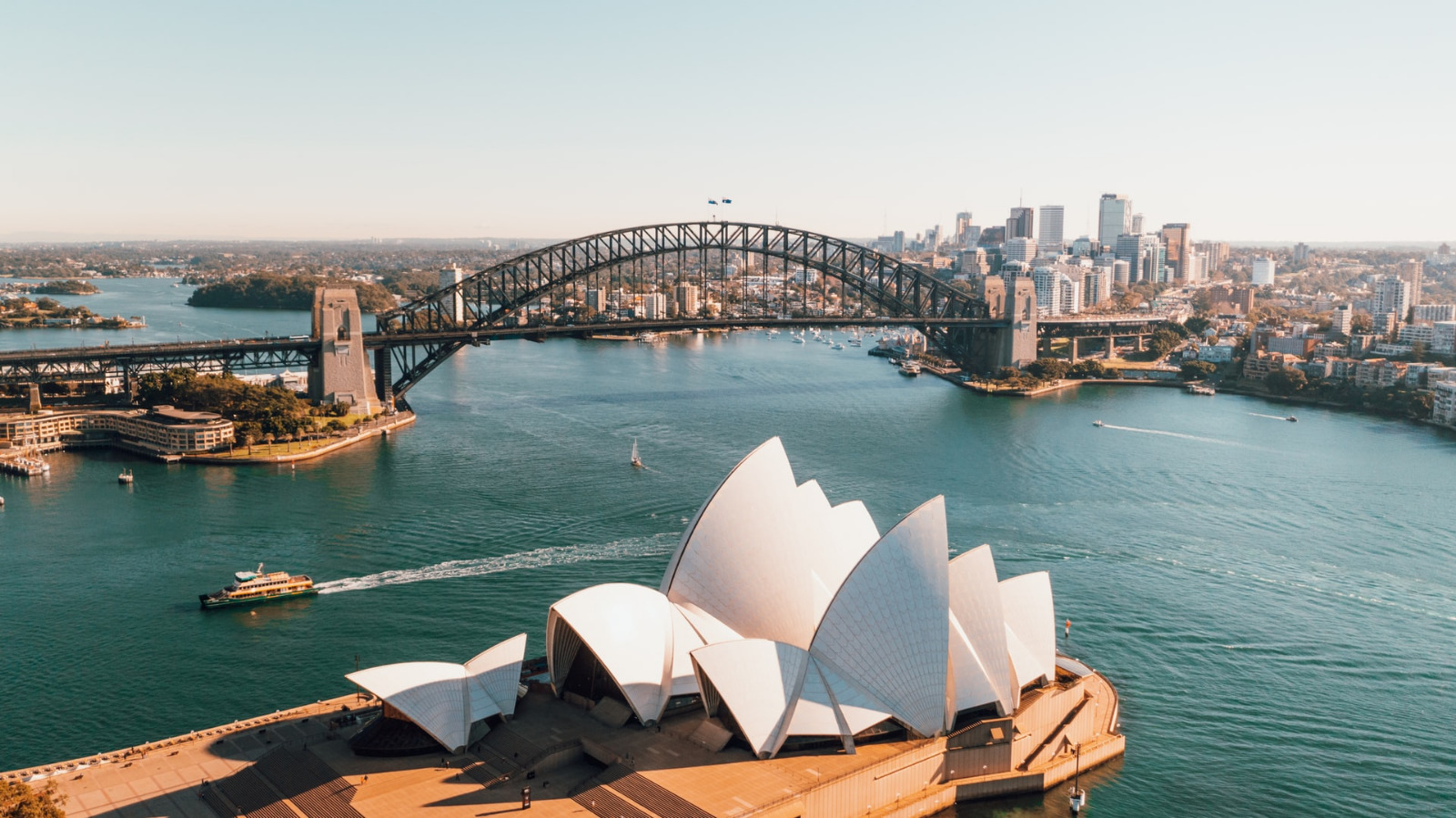COSMETICS VS THERAPEUTIC GOODS
In Australia, beauty products are classified in two categories according to their use: cosmetics and therapeutic goods. The distinction between these two categories is not always clear and it can be made by a combination of factors: primary use or purpose of the product; the ingredients present and their effects on the body; how the product is applied and how the product is promoted, represented, presented or labelled.
Australia’s Government defines cosmetic as a “substance that is designed to be used on any external part of the human body – or inside the mouth – to change its odours, change its appearance, cleanse it, keep it in good condition, perfume it or protect it”.
Therapeutic goods are “products that prevent, diagnose or treat diseases, or that affect the structure or functions of the human body”. The Therapeutic Goods Administration (TGA) is responsible for the management of the therapeutic goods. TGA only assesses cosmetic products that make therapeutic claims.
COSMETICS REGULATION
The National Industrial Chemicals Notification and Assessment Scheme (NICNAS) was the former entity responsible for controlling cosmetics and soaps. Since 1st July 2020, NICNAS was replaced by a new scheme called Australian Industrial Chemicals Introduction Scheme (AICIS).
Cosmetic ingredients are regulated as industrial chemicals under the Industrial Chemicals Act 2019, which is administered by AICIS.
To ensure the safety of consumers, workers and environment, risks associated with cosmetic products and/or ingredients manufactured or imported into the country are assessed by the Australian Government.
Manufacturers and importers of cosmetics or cosmetic ingredients must registered their business with AICIS and all of the ingredients contained in a cosmetic must be listed on the Australian Inventory of Industrial Chemicals (AIIC) or notified to AICIS for pre-market assessment (unless an exemption applies).
Importers and manufacturers introducing industrial chemicals for commercial purposes need to categorize each chemical into 1 of 5 categories: Listed; Exempted; Reported; Assessed; or Commercial Evaluation Authorization. Importers and manufacturers have also the responsibility to submit declarations and reports, to keep records and provide information to AICIS when asked.
Ingredients described as ‘natural’ or ‘organic’ are also regulated as industrial chemicals. The ‘natural occurring chemicals’, also considered industrial chemicals, are excluded from some legal obligations. This type of chemicals is legally defined as “an unprocessed chemical occurring in a natural environment, or, a chemical occurring in a natural environment that is extracted without chemical change by: manual, mechanical or gravitational means; or dissolution in water; or flotation; or a process of heating for the sole purpose of removing uncombined water“.
The product safety and cosmetic labelling standards are regulated by the Australian Competition and Consumer Commission (ACCC). All cosmetic products imported or manufacured in Australia (and intended to be used in the country) must be labelled in accordance with the Consumer Goods (Cosmetics) Information Standard 2020.
Since 1 July 2020, there is a ban on the use of new animal data for ingredients solely used in cosmetics. As for chemicals with multiple end uses (including cosmetics), there are also restrictions on using new animal test data.
If you wish to get more information regarding this or other subjects, feel free to contact us at info@criticalcatalyst.com.
References:
- Australian Government, Department of Health – Australian Industrial Chemicals Introduction Scheme (AICIS) – Basics of importing and manufacturing chemicals. Available at: https://www.industrialchemicals.gov.au/business/getting-started-registration-importing-and-manufacturing/basics-importing-and-manufacturing-chemicals
- Australian Government – Industrial Chemicals Act 2019
- Consumer Goods (Cosmetics) Information Standard 2020. 19 November 2020.















